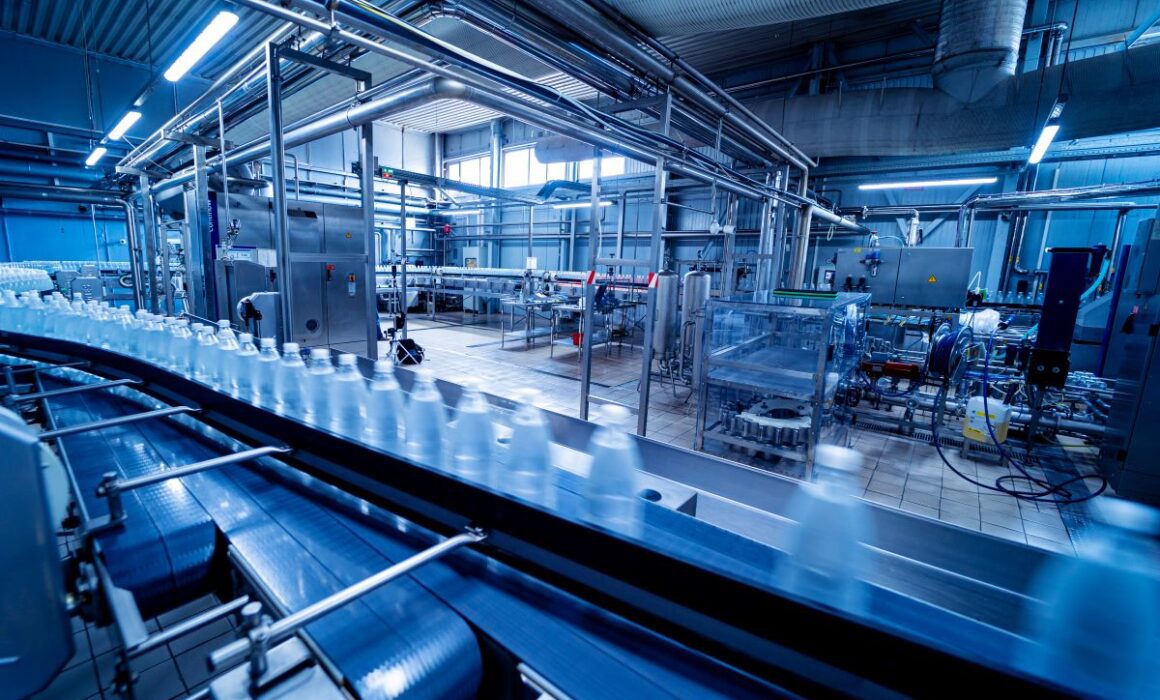Over the last hundred years, and at an ever-increasing speed of late, advancements in technology have helped the manufacturing industry become safer, faster, and more cost-efficient. And whether you’re a manufacturer, retailer or consumer, product safety will be high on your agenda. In this article, we will consider the risks of failing to ensure product safety. And we will look at how ISO certification helps ensure product safety.
As a manufacturer, distributor, or retailer, it’s your responsibility to make sure that products are safe. Both for consumers to use, and for following the legal requirements in relation to packaging and labelling.
What are the potential risks associated with unsafe products?
Consumer harm and injuries: The most critical risk is the potential harm and injuries caused to consumers. Unsafe products can lead to accidents, injuries, illnesses, or even fatalities.
Manufacturer liability: Manufacturers which fall short in their duty of care to customers are frequently held responsible for injuries, damages or losses caused by their unsafe products. This can result in legal consequences, financial penalties, and direct compensation claims. Where these occur in the public eye, considerable damage can be done to their reputation. In the most serious cases, businesses have even faced bankruptcy.
Regulatory penalties: Regulatory bodies, for example the Health and Safety Executive or the Food Standards Agency, have the authority to impose penalties, fines, and sanctions on both manufacturers and retailers who fail to meet product safety standards. Depending on the severity to consumers of the case, these can be significant. And can not only impact a company’s financial stability and credibility, but also its ability to operate in the market. The internet provides plenty of examples of businesses which have failed in their duty of care to customers and paid a hefty price.
Loss of consumer trust: Where products are purchased via a retailer, a safety breach can negatively impact on more than one business – the manufacturer and the retailer. If confidence in a brand is damaged then the knock-on effects can be significant. They can include decreased sales, loss of market share, and long-term harm to the company’s reputation. Increasingly, consumers are aware of their power to influence others. And it has been known for them to air their grievances with businesses publicly. Often, most effectively on social media, in a bid to make companies accountable for their failings.
Product recalls and replacements: In cases where safety hazards are identified, manufacturers and retailers may need to work together to initiate product recalls or replacements. This process is costly and time-consuming. It can result in financial losses due to product retrieval and disposal, as well as potential reputational damage.
Employee wellbeing: No legitimate business sets outs with the intention of harming the public. Where serious failings occur, the impact on its own staff can be profound. It is essential for businesses to be transparent with their employees. They should explain learnings and communicate improvements which will mitigate the risk of a similar incident happening again. Similarly, businesses may wish to arm staff with advice on how to manage negative publicity.
So how can ISO certification help ensure product safety?
The International Organization for Standardization has developed a range of standards regarding product safety. These include ISO 9001 (quality management), ISO 22000 (food safety management) and ISO 13485 (medical device quality management). These standards give detailed rules on how to ensure product safety through risk assessment, hazard identification, as well as control measures.
Businesses are able to acquire ISO certification once they have established an appropriate management system and have been successfully audited. Thus demonstrating that their products are safe for use or consumption. How ISO certification helps ensure product safety requires the following:
Risk assessment and hazard identification through ISO certification
Using ISO certification companies need to conduct risk assessments and identify potential hazards in relation to their products. This should involve evaluating the potential dangers that might arise. Typically these are found in design inconsistencies, production processes, packaging techniques, labelling and usage instructions, and during distribution. With the information obtained from the assessment process, companies then implement effective countermeasures geared towards reducing such risks. Thereby ensuring that their products are safe for use or consumption.
Effective control measures using ISO certification
As part of ISO certification, businesses must implement control measures aimed at mitigating the potential risks associated with their products. These measures may encompass implementing quality control processes, introducing testing procedures, and also involve committing to regular inspection routines. All resulting in ensuring that products meet safety standards and comply with regulatory requirements.
Continuous improvement with ISO certification
One of the main benefits of ISO certification lies in its purpose to drive ongoing and continuous improvement. So, the journey doesn’t end when you receive your certificate! To maintain certification, businesses should conduct regular audits. These will evaluate whether their management systems are still effective. In so doing, companies can be confident that their processes and procedures are robust, relevant, and always improving to ensure ongoing product safety for consumers.
“Many of our clients come to us because they are looking for a straightforward, common-sense approach to how ISO certification can help ensure product safety. When nothing short of excellence will do, ISO certification provides that framework they need. Helping them to demonstrate their commitment to the rigorous standards that build trust, safeguard their customers, and keep their reputation intact.”
Claire Howard, Director of ISO-Cert Online Ltd
Not yet ISO certified?
For more information on ISO-Cert Online’s services or to discuss your requirements please contact us on 0333 014 7720 or email info@isocertonline.net.












Recent Comments